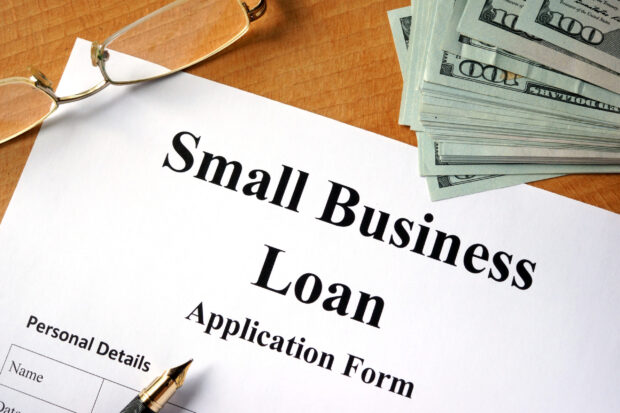SBA More Than Doubles Maximums For Home Disaster Loan Program

The SBA announced a finalized rule to increase support to disaster survivors and small businesses.
Posted August 10, 2023
The Small Business Administration is more than doubling the caps of its disaster loans, adjusting the amount of its loan program for the first time in 30 years.
SBA key changes:
- Increase Loan Limits for Primary Residence: $200,000 to $500,000 for real estate repair or replacement, contractor malfeasance, refinancing, and mitigation for home disaster loans.
- Increase Loan Limits for Personal Property: $40,000 to $100,000 for replacement of clothing, furniture, appliances, automobiles, and more for home disaster loans.
- Remove Administrative Limit on Landscaping: Landscaping will be limited to the overall real estate repair limit and not capped at $5,000.
- Increase the Initial Payment Deferral Period: Extending the first payment deferment period from 5 to 12 months for all disaster loans. This change removes the burden for disaster survivors to begin making payments on their disaster loans before communities rebuild and recover.
- No Interest Accrual for the First 12 Months: Waives interest accrual for the first year from the date of the initial disbursement for all disaster loans. This change ensures the payment deferral offers a true reprieve as all loans will not accrue interest during deferment. This change reduces the overall cost of the loan to better support full recovery for disaster survivors.
- Mitigation Disaster Loans: Eliminates a restriction on property owners to only use disaster loan funds to mitigate a “similar” disaster event that caused damage to their home or business. This change gives property owners more options to mitigate future damage from different types of disasters, reducing the need for future financial assistance.
- Collateral Requirements: SBA is clarifying collateral requirements in the disaster loan program under which blanket liens on business assets that provide no liquidity in the event of default will not be required. This gives SBA more discretion to determine the collateral required for disaster loans.
- Reduce Documents Required to Request Reconsideration: Removes the requirement that businesses submit financial statements with every reconsideration or appeal request for a previously declined application. Currently, SBA requires business loan applicants to provide current financial statements, even if their applications were not declined for lack of repayment ability.
- Expand Eligibility to Consumer or Marketing Cooperatives: This change aligns disaster lending with SBA’s 7(a) and 504 business loan programs and allows these cooperatives to apply for the Economic Injury Disaster Loan (EIDL) and Military Reservist Economic Injury Disaster Loan (MREIDL) programs.
The rules became effective for all disasters declared after July 31, 2023.
View the full release, here.
